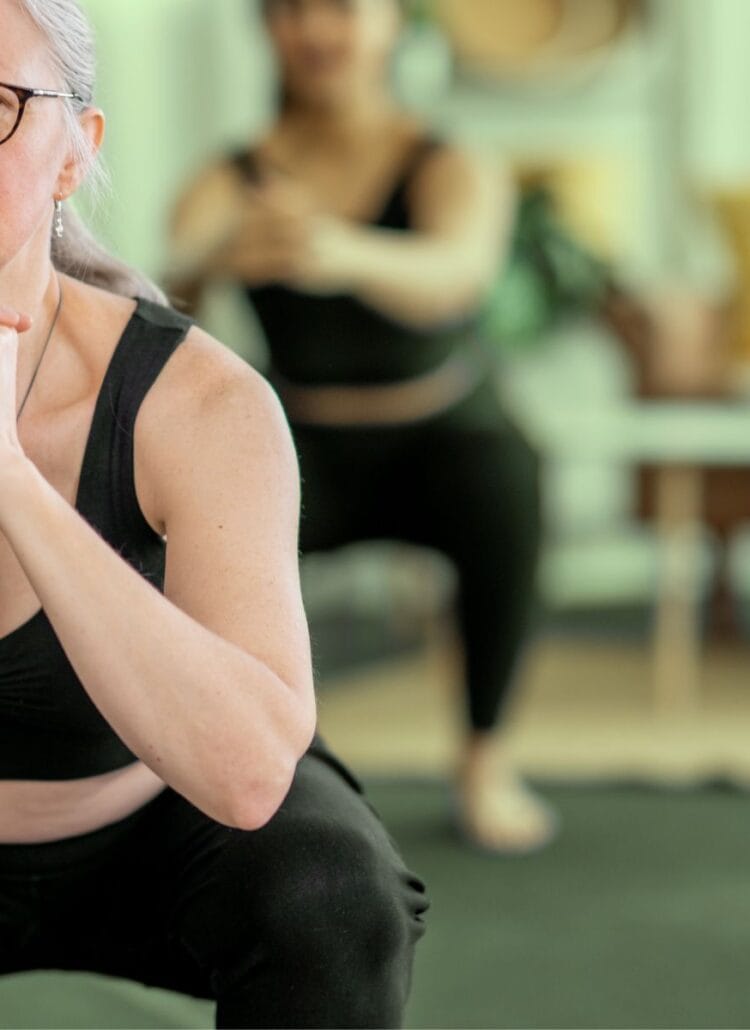The endocannabinoid system is the largest neurotransmitter system in your body, Your activity level can determine your endocannabinoid levels. Healthy amounts of exercise boost levels of the endocannabinoid anandamide in your body and brain. This will help prevent endocannabinoid deficiency, a condition where your entire body is out of balance and you feel sluggish, moody, and achy.
Exercise is an acute stressor that raises both levels of the stress hormone cortisol and endocannabinoid levels. Ninety minutes of intense exercise in fit men boosted anandamide levels during exercise and 15 minutes afterward. In fact, a rise in endocannabinoid levels, combined with an increase in endorphins and dopamine levels, is responsible for the phenomenon known as “runner’s high.”
Patients who regularly exercise have higher levels of the enzyme FAAH that breaks down anandamide compared to inactive patients and this helps maintain endocannabinoid balance.
Exercise boosts CB1 receptors in an area of your brain known as the periaqueductal gray matter (PAG), where it reduces the perception of pain. Finally, exercise also increases the number of CB1 receptors in an area of your brain known as the hippocampus, which is responsible for a boost in spatial memory.
Pin This Post

References
Michele Ross. Vitamin Weed: A 4-Step Plan to Prevent and Reverse Endocannabinoid Deficiency. GreenStone Books, 2018.
Heyman, E., et al., Intense exercise increases circulating endocannabinoid and BDNF levels in humans–possible implications for reward and depression. Psychoneuroendocrinology, 2012. 37(6): p. 844-51.
Gasperi, V., et al., The fatty acid amide hydrolase in lymphocytes from sedentary and active subjects. Med Sci Sports Exerc, 2014. 46(1): p. 24-32.
Galdino, G., et al., Acute resistance exercise induces antinociception by activation of the endocannabinoid system in rats. Anesth Analg, 2014. 119(3): p. 702-15.
Ferreira-Vieira, T.H., et al., A role for the endocannabinoid system in exercise-induced spatial memory enhancement in mice. Hippocampus, 2014. 24(1): p. 79-88.
Share This Post





